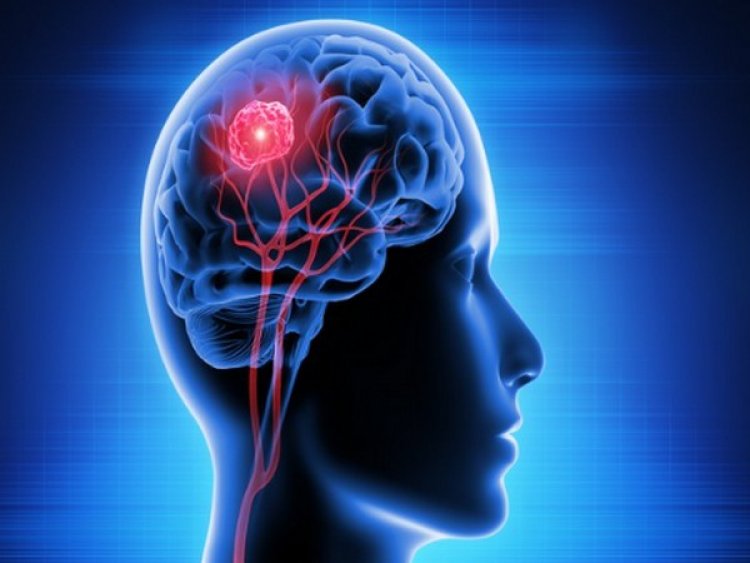Study unearths new coding mechanism that transfers information from perception to memory

Los Angeles, US: Neuroscientists have long been perplexed by how the brain encodes information pertaining to our memories which are rich in detail as we can vividly recall the colour of our home, the layout of our kitchen, or the front of our favourite cafe.
In a recent Dartmouth-led study, researchers identified a neural coding process that permits information to be transferred from perceptual regions to memory sections of the brain. The findings were reported in the journal Nature Neuroscience.
Before this discovery, the standard understanding of brain organisation was that perceptual parts of the brain represent the world "as it is," with the visual cortex of the brain representing the external world based onn how light falls on the retina, "retinotopically."
"We found that memory-related brain areas encode the world like a 'photographic negative' in space," said co-lead author Adam Steel, a postdoctoral researcher in the Department of Psychological and Brain Sciences and fellow at the Neukom Institute for Computational Science at Dartmouth.
"And that 'negative' is part of the mechanics that move information in and out of memory, and between perceptual and memory systems."
In a series of experiments, participants were tested on perception and memory while their brain activity was recorded using a functional magnetic resonance imaging (fMRI) scanner. The team identified an opposing push-pull-like coding mechanism, which governs the interaction between perceptual and memory areas in the brain.
The results showed that when light hits the retina, visual areas of the brain respond by increasing their activity to represent the pattern of light. Memory areas of the brain also respond to visual stimulation, but, unlike visual areas, their neural activity decreases when processing the same visual pattern.
The co-authors report that the study has three unusual findings. The first is their discovery that a visual coding principle is preserved in memory systems.
The second is that this visual code is upside-down in memory systems. "When you see something in your visual field, neurons in the visual cortex are driving while those in the memory system are quieted," says senior author Caroline Robertson, an assistant professor of psychological and brain sciences at Dartmouth.
Third, this relationship flips during memory recall. "If you close your eyes and remember that visual stimuli in the same space, you'll flip the relationship: your memory system will be driving, suppressing the neurons in perceptual regions," said Robertson.
"Our results provide a clear example of how shared visual information is used by memory systems to bring recalled memories in and out of focus," said co-lead author Ed Silson, a lecturer of human cognitive neuroscience at the University of Edinburgh.















































